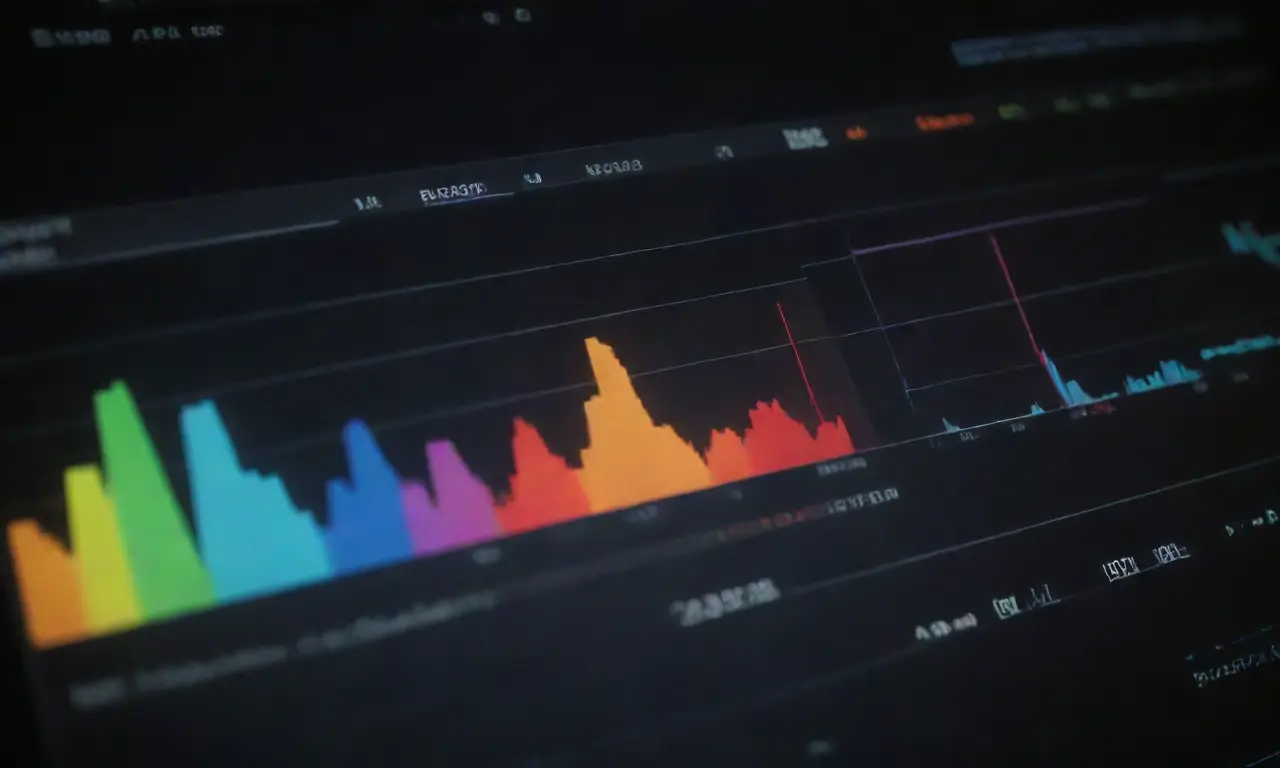
Using ML to Predict Stock Prices: A Time Series Approach

Introduction
In the ever-evolving world of finance, the quest to accurately predict stock prices has persistently intrigued both professionals and enthusiasts alike. The stock market is influenced by a plethora of factors, including company performance, economic indicators, investor sentiment, and geopolitical events. As such, it presents a complex landscape that can be daunting even for seasoned analysts. However, with the advent of machine learning (ML), a powerful tool has emerged that can enhance our predictive capabilities by analyzing vast datasets and identifying hidden patterns.
This article delves deep into the fascinating interplay between machine learning and stock price prediction. We will explore the foundations of time series analysis, the importance of feature selection, different ML algorithms suited for this purpose, and the practical steps for implementing a predictive model. By the end of this article, you will have a comprehensive understanding of how ML can be leveraged to forecast stock prices effectively.
Understanding Time Series Analysis
Time series analysis is a statistical technique that deals with time-ordered data points. In the context of stock prices, it involves analyzing historical prices to predict future movements. The primary assumption behind time series forecasting is that historical patterns will likely continue in the future, making it essential to thoroughly examine the dataset in hand.
Key Components of Time Series Data
To harness the power of time series analysis, it is crucial to understand its key components: trend, seasonality, and noise.
Trend: The trend refers to the long-term movement in stock prices. For example, if a company consistently grows in size and revenue, its stock price may reflect an upward trend over time. Analyzing trends can give investors insight into the company’s stability and growth prospects.
Seasonality: Seasonal patterns are regular fluctuations that occur at specific intervals. For instance, retail stocks may see an increase in price around the holiday seasons. Recognizing seasonal patterns can help traders identify optimal entry and exit points in their trading strategies.
Noise: Noise represents random variations in stock prices that are not attributable to the underlying trend or seasonality. It can stem from immediate market reactions, sudden news releases, or other unpredictable factors. Distinguishing noise from significant signals is critical to more accurate forecasting.
Techniques for Analyzing Time Series
There are several techniques used for time series analysis, including Autoregressive Integrated Moving Average (ARIMA), Seasonal Decomposition of Time Series (STL), and Exponential Smoothing State Space Model (ETS). ARIMA models are particularly popular due to their flexibility, allowing the incorporation of trend and seasonality.
When applied effectively, these techniques help in decomposing the stock prices into their constituent components, providing a clearer picture for forecasting. By identifying these components separately, ML algorithms can utilize a refined dataset, which can significantly improve prediction accuracy.
Feature Selection in Stock Price Prediction
Machine learning models operate by learning from various features associated with the data. In the realm of stock price prediction, the right features can significantly impact a model's performance.
Common Features for Stock Prediction
Historical Prices: The most direct feature is the stock's historical prices. Past performance can often serve as a good predictor of future movements. Common techniques include using lags (previous days’ prices) as features for the model.
Technical Indicators: Traders and quantitative analysts often utilize technical indicators like Moving Averages, Relative Strength Index (RSI), and Bollinger Bands as features. These indicators help provide a more nuanced view of market conditions beyond simple historical prices.
Sentiment Analysis: The rise of social media and financial news platforms has made sentiment analysis a valuable tool. By analyzing headlines and social media discussions about a stock, we can gauge public sentiment, which frequently precedes price movements.
Macroeconomic Indicators: Factors such as interest rates, inflation, and unemployment rates influence purchasing power, investment decisions, and ultimately, stock prices. Incorporating these indicators into the model can yield a better forecasting outcome.
Importance of Feature Engineering
Feature engineering plays a crucial role in enhancing model performance. By transforming raw data into an informative format, or creating new features that might capture the underlying patterns, one can significantly improve a model’s predictive capabilities. For instance, calculating the Volatility Index (VIX) or Sharpe Ratio can add essential market-related insights to the dataset, empowering the ML model to make better forecasts.
Choosing the Right Machine Learning Algorithm

The selection of machine learning algorithms is a critical step in building an effective stock price prediction model. Several algorithms can be applied, each with its unique strengths and weaknesses.
Overview of Machine Learning Algorithms
Linear Regression: This is one of the simplest algorithms. It assumes a linear relationship between the input features and the target variable (predicted stock price). While it can provide quick insights, it may not capture more complex relationships between features.
Decision Trees: These models break down data into branches to form a tree-like structure. They are intuitive and easy to interpret but can often overfit the data unless properly managed.
Random Forest: An ensemble learning method that builds multiple decision trees and merges them together to enhance prediction accuracy. It addresses overfitting issues found in individual decision trees and often performs well on financial datasets.
Recurrent Neural Networks (RNN): Particularly useful for time series data, RNNs take into account previous data points in their architecture to manage sequential input. They can capture complex temporal dependencies, making them suitable for modeling stock prices.
Long Short-Term Memory (LSTM): A special kind of RNN capable of learning long-term dependencies in time series data. By effectively remembering relevant information for extended periods, LSTMs have gained popularity in stock price forecasting due to their performance on sequential tasks.
Performance Evaluation
After selecting the algorithm, it is imperative to evaluate its performance using metrics such as Mean Absolute Error (MAE), Mean Squared Error (MSE), or Root Mean Squared Error (RMSE). Cross-validation techniques are critical in this stage to ensure that the models generalize well to new, unseen data.
Implementing a Stock Price Prediction Model
Once the model and features are selected, the next step is implementation. This process involves four key stages: data collection, dataset preprocessing, model training, and evaluation.
Data Collection
The first stage is gathering data. Stock prices can be obtained through various financial APIs, including Yahoo Finance, Alpha Vantage, or Quandl. Additionally, macroeconomic indicators and news sentiments can be sourced from databases like FRED or Twitter APIs.
As you collect data, careful consideration must be given to the time frame. A combination of daily, weekly, or hourly prices may be used, depending on the desired trading strategy.
Data Preprocessing
Quality data is essential for effective modeling. This stage involves cleaning the dataset by handling missing values, eliminating outliers, and potentially scaling the data for algorithms sensitive to feature scales.
Splitting the dataset into training and test sets is also crucial. Typically, 70-80% of the data will be used for training, while the remainder is reserved for testing the model's predictive ability.
Model Training and Hyperparameter Tuning
After preprocessing, the selected ML algorithm must be configured and trained on the training dataset. Hyperparameter tuning is critical during this phase, referring to the process of optimizing the model parameters that govern the training process. Grid search or random search methods can be used to find the optimal combination of hyperparameters, ultimately leading to improved model performance.
Model Evaluation
Once the model is trained, its performance must be evaluated on the test dataset. Metrics like MAE or RMSE can be analyzed to gauge accuracy. If the performance is not satisfactory, revisiting the feature selection or attempting different algorithms may be necessary.
Conclusion
The incorporation of machine learning in stock price prediction is revolutionizing how investors analyze and interpret market data. Through methods like time series analysis, careful feature selection, and deploying various ML algorithms, traders can develop models capable of providing informed forecasts. However, it is important to note that while ML enhances predictive capabilities, no model can flawlessly predict market movements due to the inherent uncertainties and complexities of financial markets.
As technology progresses, further advancements in ML will likely lead to even more sophisticated models. By understanding the principles outlined in this article, you can begin your journey into the fascinating world of stock price prediction using machine learning. Embracing this innovative approach may enhance your investment strategies and unlock new opportunities in the realm of finance. As with any investment strategy, always remember the importance of risk management, diversification, and continuous learning as you navigate the dynamic landscape of the stock market.
If you want to read more articles similar to Using ML to Predict Stock Prices: A Time Series Approach, you can visit the Time Series Analysis category.



You Must Read